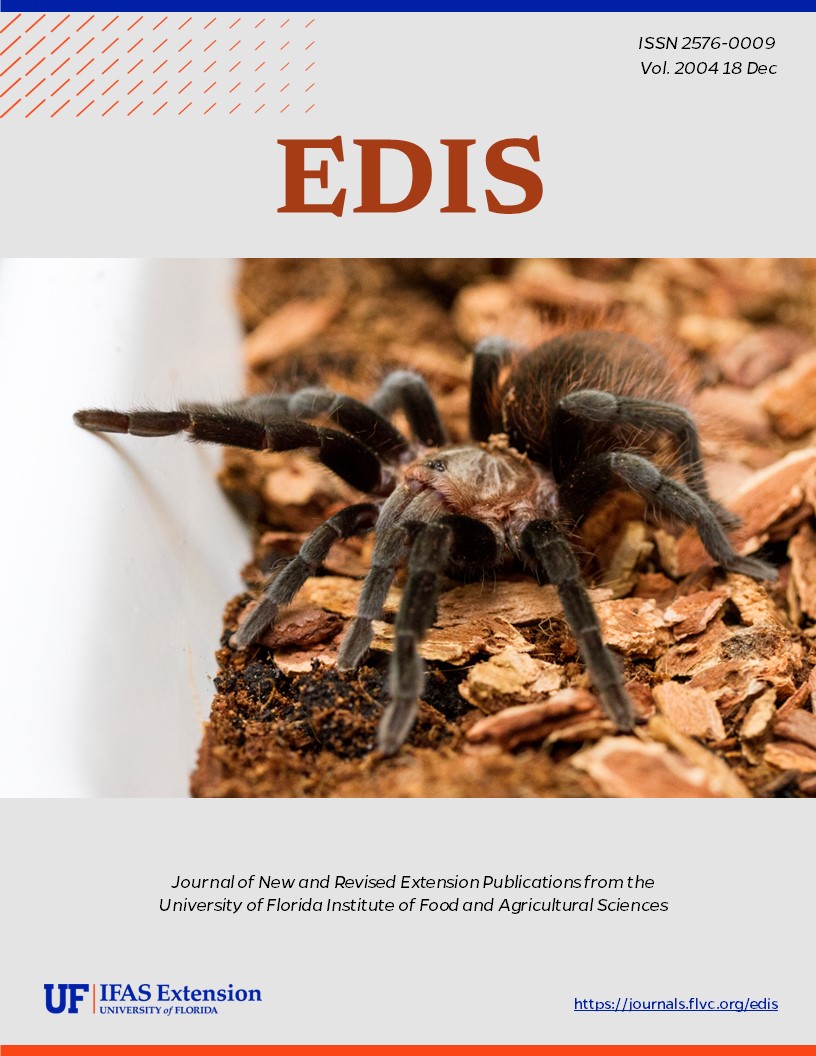Abstract
The goal of this publication is to provide information to help consumers understand ingredient statements on food packages, so they can avoid foods and food-products that might contain specific allergens. It also differentiates between allergies and intolerances, and discusses the potential for cross-contamination of foods both in and away from the home. This document is FCS8781, one of a series of the Department of Family, Youth and Community Sciences, Florida Cooperative Extension Service, IFAS, University of Florida, Gainesville, FL 32611. First published: November 2004.
FCS8781/FY723: Decoding Food Labels: Tools for People with Food Allergies (ufl.edu)
References
Food Allergen Labeling and Consumer Protection Act of 2003 (HR 3684 IH).
IFT - Scientific Status Summary: Seafood Allergy and Allergens- A review. October 1995.
Sicherer SH, Sampson HA. Prevalence of peanut and tree nut allergy in the United States determined by means of a random digit dial telephone survey: a five-year follow-up study. Journal of Allergy and Clinical Immunology. 2003;112(6):1203-7. https://doi.org/10.1016/S0091-6749(03)02026-8
Steinman HA. Hidden allergens in foods. Journal of Allergy and Clinical Immunology. 1996;98(2):241-250. https://doi.org/10.1016/S0091-6749(96)70146-X
Taylor SL, Hefle SL. Food allergies and other food sensitivities. Food Technology. 2001;55(9):68-83.
Taylor SL, Stratton JE, Nordlee JA. Histamine poisoning (scombroid fish poisoning): an allergy-like intoxication. J Toxicol Clin Toxicol. 1989;27(4-5):225-240 https://doi.org/10.3109/15563658908994420
U.S. Food and Drug Administration. FDA Medical Bulletin. Monosodium Glutamate. 1996; vol 26(1). http://www.fda.gov/medbull/january96/msg.html
U.S. Food and Drug Administration. Food allergies rare but risky. FDA Consumer May 1994. http://vm.cfsan.fda.gov/~dms/wh-alrg1.html
U.S. Food and Drug Administration. When food becomes the enemy. FDA Consumer July-August 2001 revised April 2004. www.fda.gov/fdac/features/2001/401_food.html.
Walton RG, Hudak R, Green-Waite RJ. Adverse reactions to aspartame: double-blind challenge in patients from a vulnerable population. Biol Psychiatry. 1993 Jul 1-15; (34(1-2): 13-7. https://doi.org/10.1016/0006-3223(93)90251-8
William, J., Jr. Food Allergens: Effectively managing processing risks. Food Protection Trends. 2004. Vol. 24(1):20-22.
Unless otherwise specified, articles published in the EDIS journal after January 1, 2024 are licensed under a Creative Commons Attribution-NonCommercial-NoDerivs 4.0 International (CC BY-NC-ND 4.0) license.

